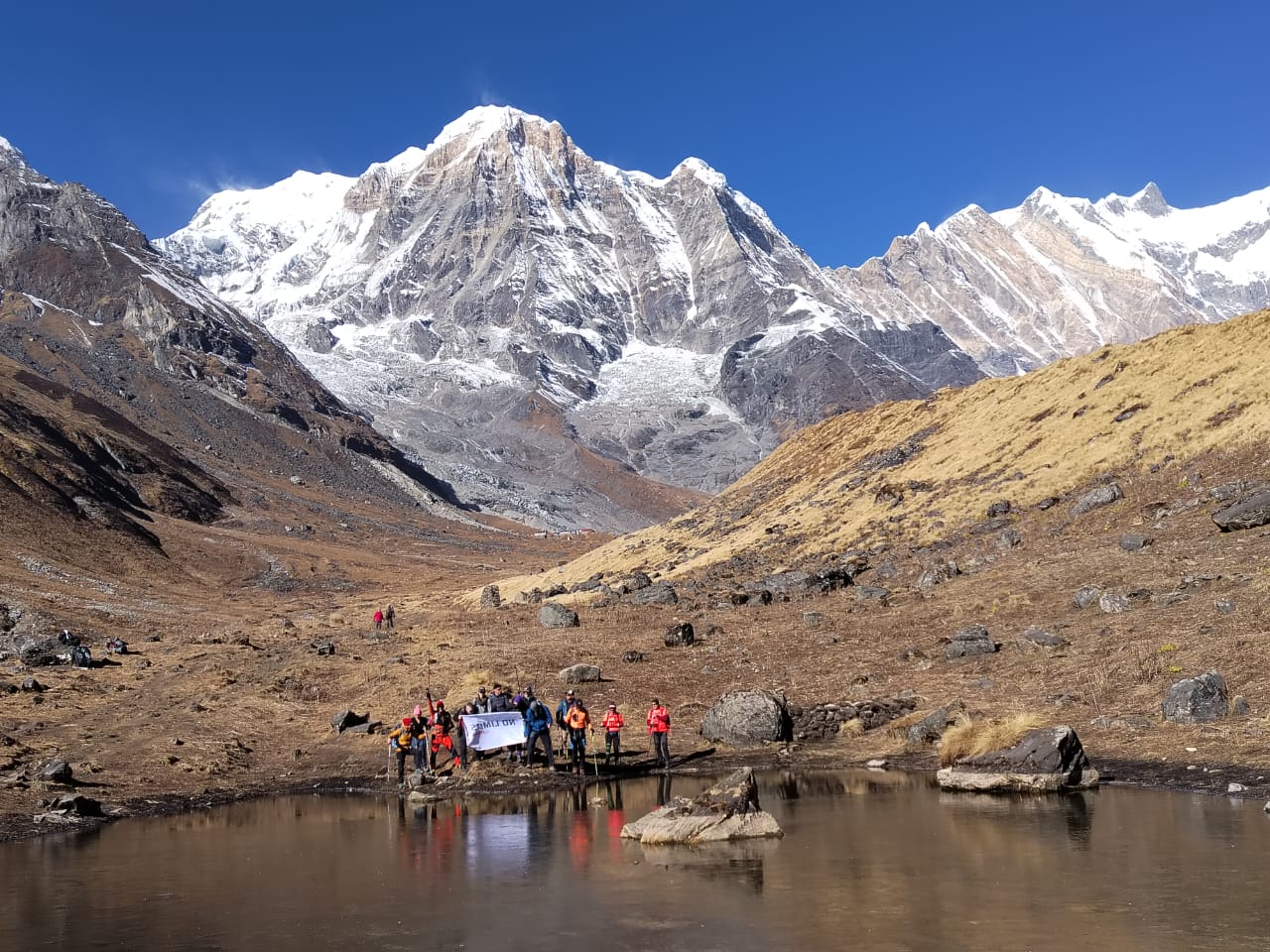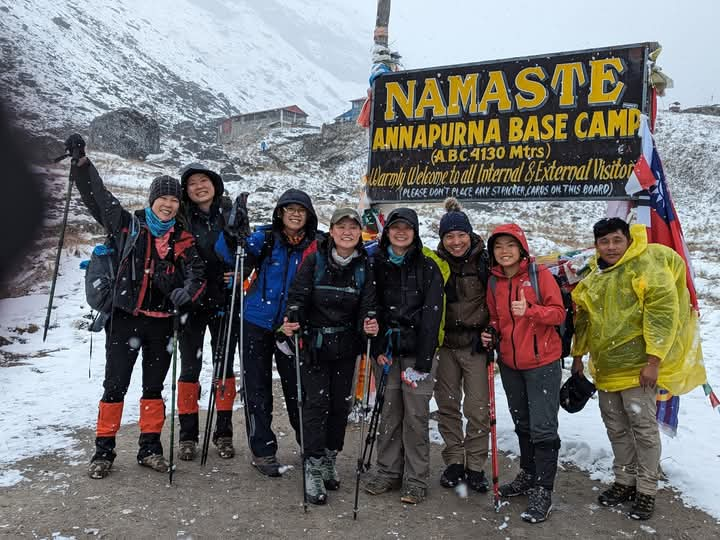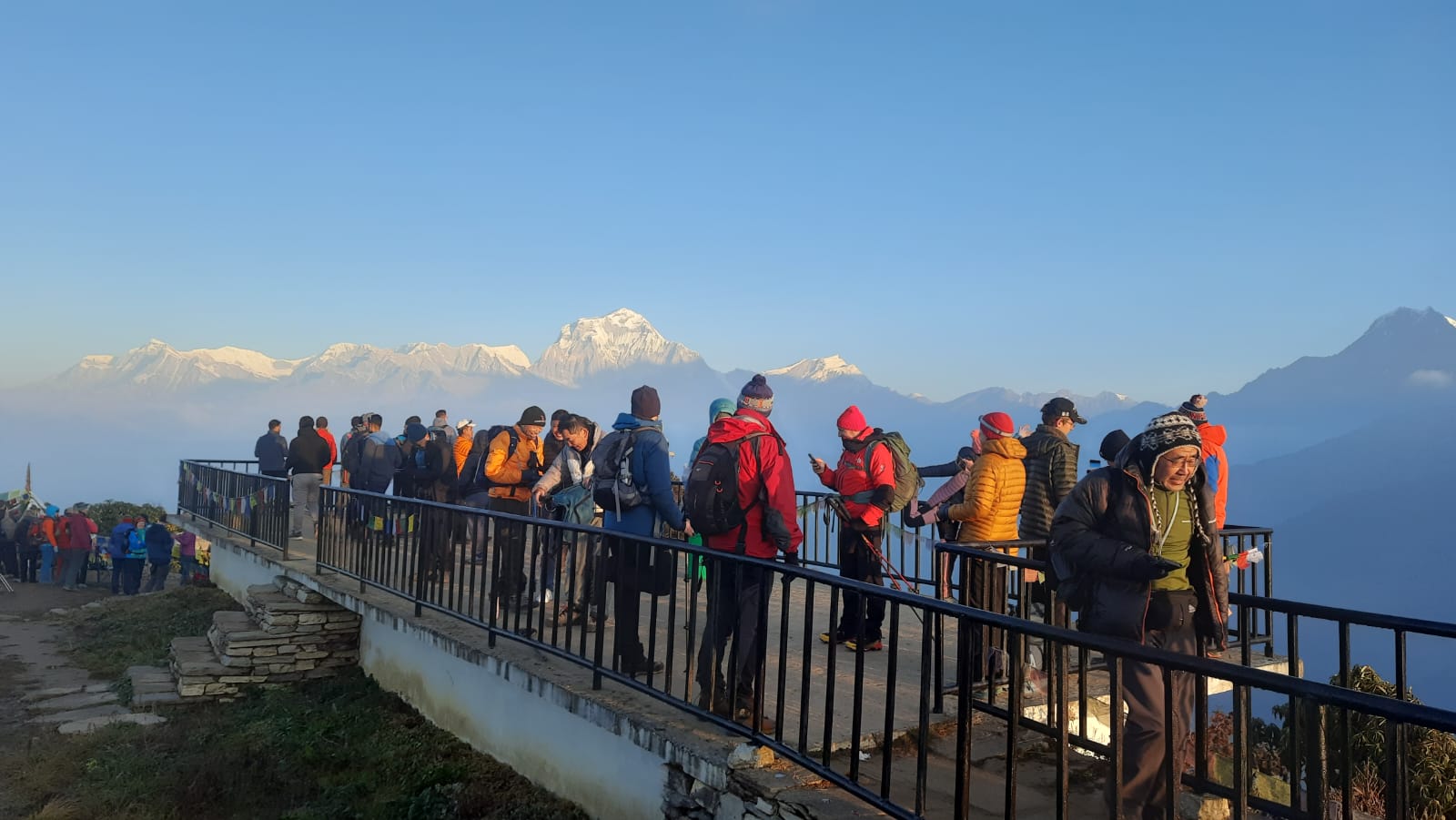
10 Reasons to Trek Annapurna Base Camp
If you're dreaming of walking through peaceful forests, crossing suspension bridges, chatting with friendly locals, and seeing the Himalayas up close, then the Annapurna Base Camp trek might be perfect for you.
This famous Annapurna trekking adventure in Nepal is loved by beginners and experienced hikers alike. In this post, we’ll share the top reasons to trek Annapurna Base Camp, answer common questions like “How difficult is Annapurna Base Camp trek?”, and even help you decide between the 12 days or 14 days abc trek itinerary—depending on your pace and preference. We’ll also talk about the cost, what to budget for, and the best time to go, including tips on when to catch the clearest views and most comfortable weather.
Why Annapurna Base Camp Should Be Your Next Trekking Destination?
1. The Mountain Views Are Unreal
First of all, the views are what make this trek unforgettable. When you reach the base camp at the Annapurna Base Camp altitude of 4,130 meters (13,550 feet), you are surrounded by massive snow-covered peaks. These include Annapurna I—the world’s 10th highest mountain—and Machapuchare, which has a stunning fishtail shape.
In short, it’s one of the most beautiful places on Earth.
2. It’s Not Too Easy But It’s Not Too Hard
Annapurna Base Camp Trekking is considered moderate. You will walk 5 to 7 hours a day, but you don’t need special equipment or climbing skills.
Therefore, even if it’s your first big trek, you can do it with some basic fitness and a positive attitude.

3. It’s a Budget-Friendly Adventure
The Annapurna Base Camp cost is much lower than other big treks in Nepal. For example, the whole trip—permits, food, lodging, and guide—can cost anywhere from $700 to $1,200.
As a result, it’s one of the best-value adventures out there.
4. You’ll Stay in Cozy Tea Houses
In addition, you won’t need to camp. You’ll sleep in local tea houses—small, homey lodges along the trail. They serve hot meals, warm drinks, and provide a cozy place to rest.
Not only that, but it’s a great way to connect with the friendly local culture.
5. Nature Will Surprise You
Furthermore, the landscapes change often, which keeps things exciting. At the same time, you’ll walk through rice fields, bamboo forests, rhododendron jungles, and finally reach icy mountain zones.
Overall, no two days feel the same during this trek.
6. Sunrise and Sunset Are Magical
Watching the sun rise over the Himalayas is something you’ll never forget. Most importantly, places like Poon Hill and Base Camp offer the perfect views of golden light hitting the mountains.
So, make sure you wake up early at least once!
7. Great for Everyone—Solo, Groups, or Families
Meanwhile, this trek works well for all types of travelers—solo backpackers, couples, families, or groups of friends. The Annapurna trek itinerary can be adjusted depending on your time and pace.
On the other hand, if you want extra help, many companies (like Mountain Adventure Nepal) offer custom packages.

8. The Trek Duration Is Perfect
The trek usually takes 7 to 12 days. Even though it’s a mountain hike, it doesn’t drag on too long. You’ll pass through villages like Ghorepani, Jhinu Danda (known for its hot springs), and Machapuchare Base Camp.
9. Add Chitwan for a Fun Side Trip
Want something different after the mountains? Head to Chitwan National Park. Above all, it gives you a new adventure in the jungle.
You can:
- Go on a safari to see rhinos, elephants, or even tigers
- Visit local Tharu villages
- Try canoeing or walking through the forest
In addition, it’s a relaxing way to wrap up your trip.

10. Go in Spring or Fall for the Best Weather
Finally, let’s talk about seasons. The best time to trek Annapurna Base Camp is:
- Spring (March–May) – when flowers bloom and the weather is warm
- Fall (September–November) – when skies are clear and temperatures are cool
On the other hand, avoid the monsoon season (June–August) and the freezing winter (December–February).
So why wait? Book your adventure today and take your first step toward the Himalayas!





